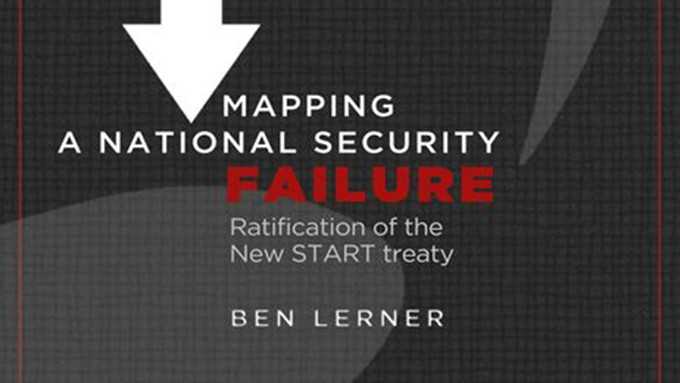Mapping a National Security Failure: Ratification of the New START Treaty

Sen. Corker would not be the only Senator to be convinced that 1) the administration’s updated 1251 Plan was substantively sufficient to increase confidence in what would be a reduced arsenal under New START; and 2) the plan would actually be carried out—a view that the Obama administration initially sought to reinforce after New START’s ratification, when the Department of Defense testified that the administration’s FY 2012 budget reflected a 10-year commitment of $125 billion to sustain strategic delivery systems, and $88 billion to sustain the nuclear stockpile and modernize its infrastructure over the next ten years.[150]
Early signs from Congress on the fulfillment of the administration’s New START modernization pledges have not been encouraging. At the time of this writing, the House and Senate appropriations subcommittees of jurisdiction have cut $500 million and $440 million from the President’s FY 2012 nuclear activities budget request, respectively—cuts which the White House has not actively attempted to prevent.[151]
Indeed, while there have been some mixed signals sent by Congress on funding for nuclear modernization, the Obama administration itself has taken positions that necessarily call into question its own commitment to the nuclear modernization framework that was put on the table in the course of New START ratification, and since.
The National Defense Authorization Act of FY 2012 as passed by the House of Representatives contained several sections on nuclear forces, including: 1) the requirement that certain officials annually assess the safety, security, reliability, sustainability, performance, and military effectiveness of the delivery platforms under their command, as well as the nuclear command and control system; 2) the requirement that the Secretary of Defense submit to Congress a plan to implement the nuclear force reductions and verification measures contained in New START; 3) the requirement that the President submit an annual report to Congress detailing the plan to modernize the weapons complex and delivery platforms for nuclear weapons; and 4) the requirement that the Comptroller General of the United States conduct a study on the strategic nuclear weapons capabilities, force structure, employment policy, and targeting requirements of the Department of Defense.[152]
Significantly, the NDAA also contained provisions originally authored by Rep. Mike Turner (R-Ohio), Chairman of Subcommittee on Strategic Forces of the House Armed Services Committee, which sought to codify President Obama’s previously stated commitments to nuclear modernization.
Specifically, Section 1055 asserted: 1) that the Departments of Defense and Energy could not spend any FY 2011-2017 funds to retire any nuclear system that came within the purview of New START unless the Departments submitted to Congress a report on the status of nuclear weapons and platform modernization; 2) that the Departments of Defense and Energy could not use appropriated funds to retire any non-deployed strategic or non-strategic nuclear weapon until 90 days after the Departments submit a report to Congress certifying that two facilities—the Chemistry and Metallurgy Research Replacement facility, and the Uranium Processing Facility—are fully operational and performing up to certain standards; 3) that the President could not unilaterally retire any nuclear weapon if doing so would reduce the total number of U.S. weapons to a number below that outlined in New START; and 4) the President is prohibited from making changes to U.S. nuclear employment strategy unless certain conditions are met.[153]
- Trump’s Election Was a Win in the Fight to Keep Gitmo Open - January 4, 2017
- NDAA and the Counter-Drone Challenge - December 23, 2016
- NDAA Takes On Counter-Drone Challenge - December 8, 2016
